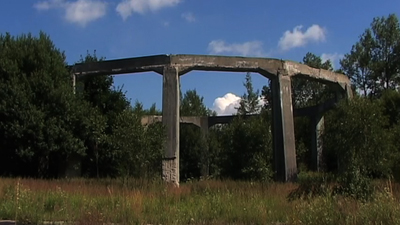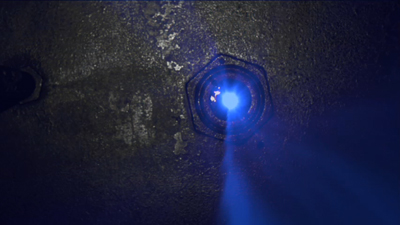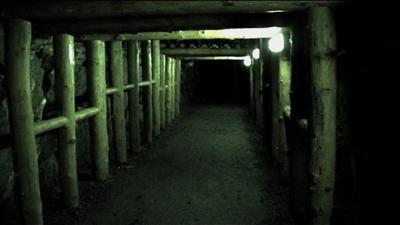| David Bickerstaff Artist, filmmaker and creative director of digital media for narrative environments |
vimeo |
|---|
| Artist works Documentary Photography Writing Installation Other projects Information/contact Home |
|---|
 |
 |
 |
|---|
The Henge
In search for the Nazi Bell
A collaboration with
Lukasz Szalankiewicz
Play the video >
Video During the last months of the second world war, German scientists worked long hours in an attempt to produce ‘Kriz-en-scheiden’, which was thought to be the war-winning technology that would produce a stunning, knockout blow. Deep in the Wenceslas Mines near Ludwikowice in Poland, Nazi SS scientists reportedly worked on an anti-gravity machine called the ‘Bell’ - a glowing, rotating contraption that looked like a flying saucer and was used in conjunction with an above ground structure known as the ‘Henge’. The Bell was described as a saucer shaped device made from a hard, heavy metal that was filled with a substance similar to mercury and required enormous amounts of electrical power for testing. People who worked on the project were said to have suffered from sleep problems and severe vertigo. The ‘Henge’ still stands today and is an enigmatic structure that comprises of thick, reinforced pillars, designed to withstand extreme forces. Artists David Bickerstaff and Lukasz Szalankiewicz travel to the site of the ‘Henge’ in Poland to document its structure and explore the hidden secrets of the Nazi Bell buried in the abandoned mines below. |
|---|